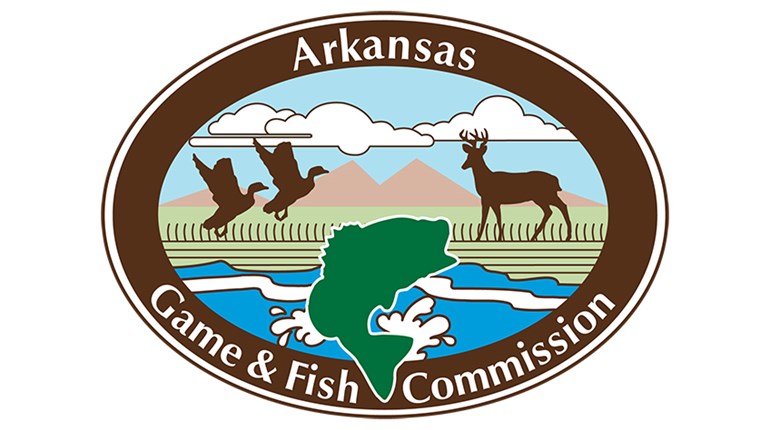
The Arkansas Game and Fish Commission is planting the seeds of success for future fish and waterfowl habitat at Nimrod Lake in Perry and Yell counties, and it’s using an interesting delivery system.
Specially rigged agricultural airplanes dropped thousands of pounds of millet seed on the exposed mudflats of Nimrod Lake during its scheduled summer drawdown to boost the productivity of the system for fish as well as wintering waterfowl and other wildlife later this year.
“We performed two seeding flights in late June and early July,” Jason Jackson, Wetlands Program Coordinator for the AGFC, said. “The soil on the lakebed has other seeds in the seedbank that will sprout as well, but we’re hoping to maximize the benefit of vegetation with fast-growing millet that provides a lot of energy for wildlife once it forms seed heads.” 
Nimrod Lake has been undergoing a drawdown since mid-May in a cooperative effort between the U.S. Army Corps of Engineers and the AGFC. The USACE is using the drawdown to repair channel markers, boat launch ramps and swim beaches, but a major benefit to the lake will be from the resprouting of terrestrial vegetation on the exposed lakebed.
According to Frank Leone, regional fisheries supervisor for the AGFC, the millet seeding will benefit the fishery in multiple capacities. Increased vegetation helps filter sediment from the water, improving water clarity. It also provides cover for baitfish and young-of-the-year sportfish. As it decomposes, it also acts as a fertilizer, providing nutrients for insects, crustaceans and other organisms at the base of the food chain, boosting the health of the fishery.
“You also see increased foraging opportunities for predatory fish during the drawdown itself, just like when we have winter drawdowns,” Leone said. “Putting the food within easy reach of sportfish like bass and crappie can temporarily increase growth rates in those species.”
The seeds from the millet also will offer high-energy duck food to migrating and wintering waterfowl that fly to and through this portion of The Natural State.
The lake will be held near elevation 337 until Oct. 1, when it will be returned to its winter conservation elevation of 342. All swim beaches are closed during the drawdown, and boat access is limited to temporary ramps at Anderson Branch and Carden Point Park.






































